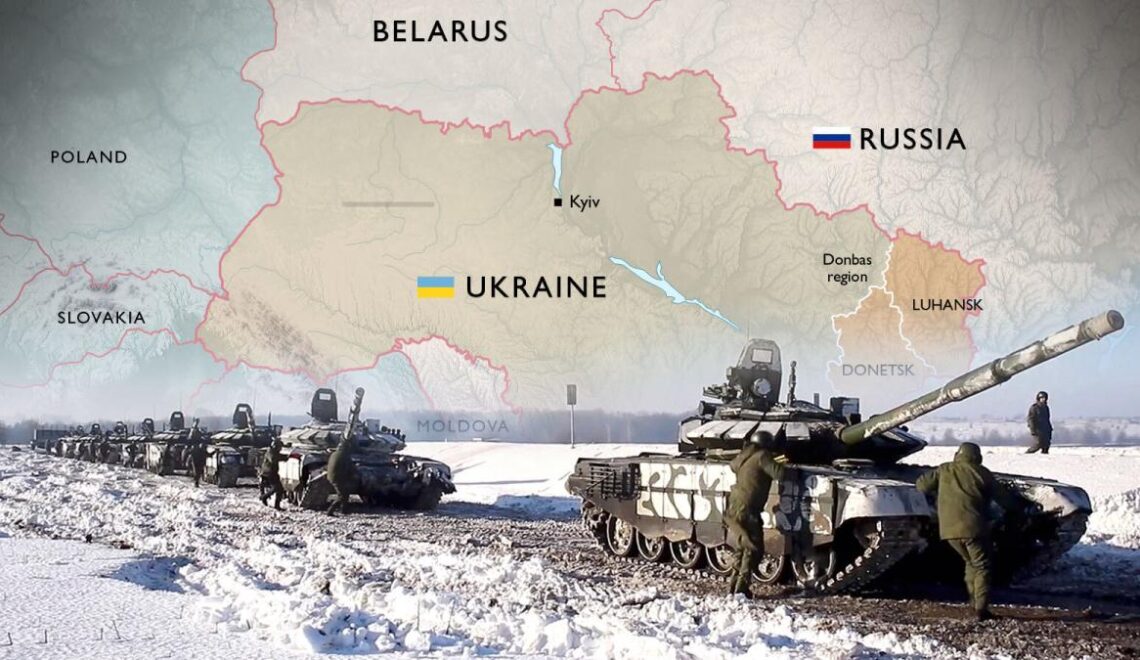
Published 09/02/2023 08:30 | Edited 2/10/2023 8:14 PM
After some setbacks at the end of last year, the Russians have resumed the initiative for war. The seizure of the city of Soledar, announced by the Russian Ministry of Defense on January 13, considered a strategic springboard, paves the way for a larger offensive, aimed at consolidating Russian dominance in eastern Ukraine. From there it will be possible, in theory, to cut off the supply of Ukrainian forces in Bakhmut, a city 10 times larger, located 15 km to the southwest, which has been, for months, the scene of a fierce battle between Russians and Ukrainians.
According to military analysts, if Bakhmut falls, Putin’s chances of winning the perhaps remaining 45% of Donetsk that he does not hold are greatly increased. According to the Financial Times newspaper (01/14), “Moscow has mobilized 300,000 troops since September and preparations for a new mobilization are “very actively underway”, said the western official. Ukraine’s intelligence services reported on Friday that Russia may be ready to recruit an additional 500,000 people as part of a plan “to create an army of about 2 million”. Despite the inexperience of the troops, such a force could launch a major offensive later this year, warned Kiev.”
Read too: War in Ukraine: how will it end?
In view of this, the United States and its NATO allies began to consider the possibility of sending heavier weapons to the Ukrainians, among which the powerful American Patriot air defense system and modern Western tanks, such as the Leopard 2, from Germany. Ukrainian servicemen are already being trained to take full advantage of these new weapons at American bases in Germany and the United States. As the Washington Post reported, “The United States and its NATO allies are supplying a new arsenal of mobile weapons — tanks and heavy armored vehicles that, in theory, would allow the Ukrainians to conduct American-style maneuver warfare. Equally important, NATO is providing Ukrainian soldiers with a crash course in the effective use of these weapons.”
Read too: Ukraine and ethnic minorities in the current war
The Germans, who had been resisting sending the Leopard 2 tanks, afraid of getting directly involved in the conflict, finally gave in to pressure from the United States, the United Kingdom and Poland and announced the sending of these powerful weapons, but it is not known when what amount. Initially, they committed to sending 14 units and allowing other countries that have the same equipment to lend them to Ukraine. Poland and Finland had pledged 25 of them in total. The UK has said it will send 14 Challenger 2-type units and the US is finalizing arrangements to send 30 M1 Abrams tanks. The Ukrainians ask for at least 300 new tanks to replace the old ones supplied by the former USSR, which are no longer operational after 11 months of conflict, but it is not known whether they will receive the intended quantity; probably not.

It is not possible to say that the arrival of this heavier weapon will represent a significant change in the course of the conflict in favor of the Ukrainians, since there are many other factors to be considered, in addition to the fact that training for the effective use of these new equipment can take three to six months. The delivery of the tanks itself would not be immediate. In the case of German tanks, there is talk of three months. In the case of Americans, the deadline is even longer: 12 months, since they would still be ordered from the manufacturer. The only thing that can be said for sure is that the war will become even bloodier.
Read too: Zelensky lives with corruption in Ukrainian defense purchases
The fact is, the war is likely to pick up new momentum in 2023. As the Washington Post noted, “For both sides, 2023 will see attempts to redraw largely static battle lines. A World War I-style trench frontline could become a more fluid and unpredictable battlefield this year.” The possibilities of a negotiated solution are increasingly remote, not least because there is not a minimum of confidence that any agreement will be respected. As Mike Whitney of Global Research put it, “The war in Ukraine will not end in a negotiated settlement. The Russians have already made it clear that they don’t trust the United States, so they won’t waste time on meaningless talk. What the Russians will do is pursue the only option available to them: they will destroy the Ukrainian army, reduce much of the country to rubble, and force the political leadership to comply with their security demands. It’s a bloody and pointless course of action, but there really is no other option. Putin will not allow NATO to place its hostile army and missile silos on Russia’s border.”
Source: vermelho.org.br

